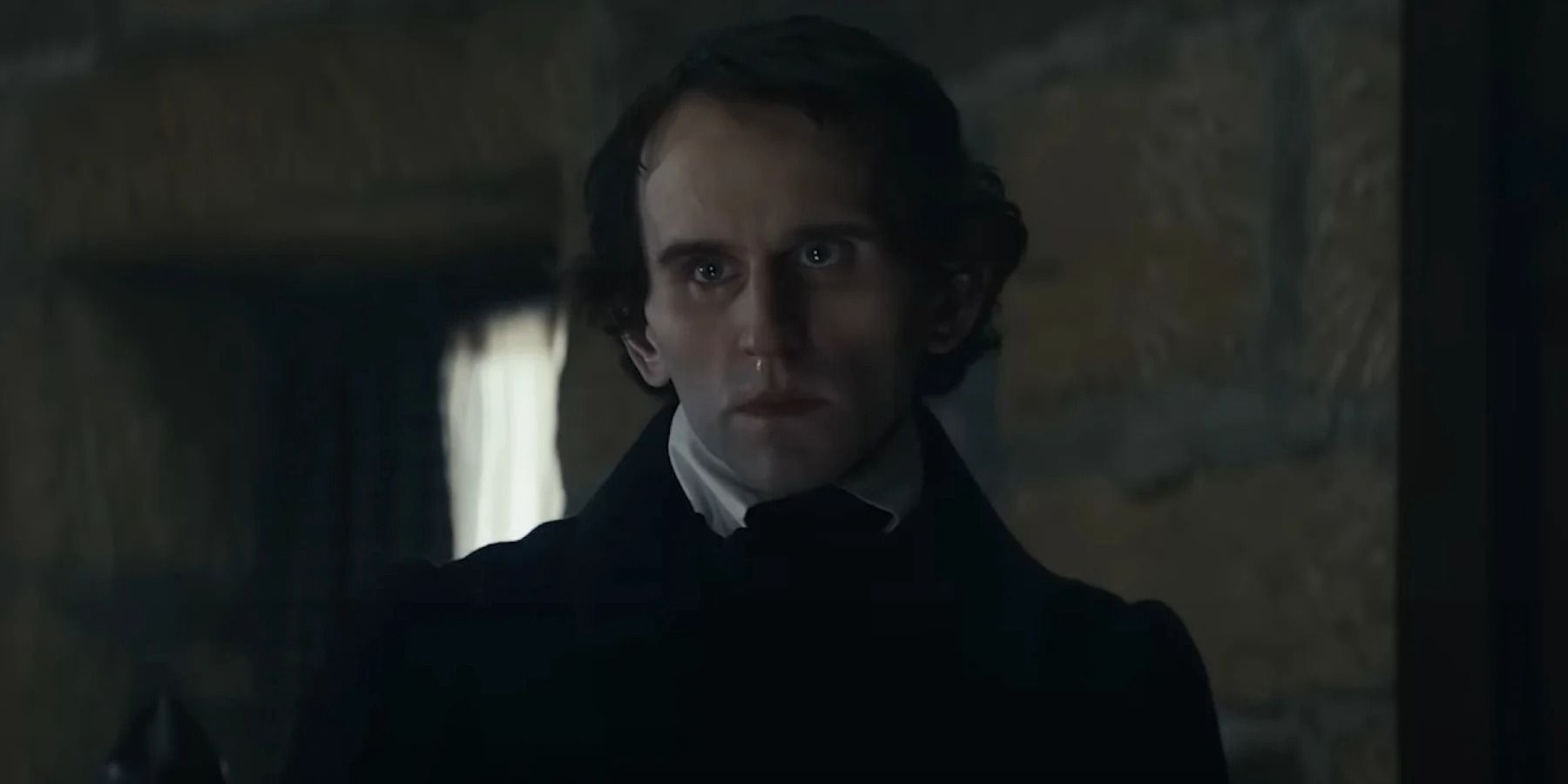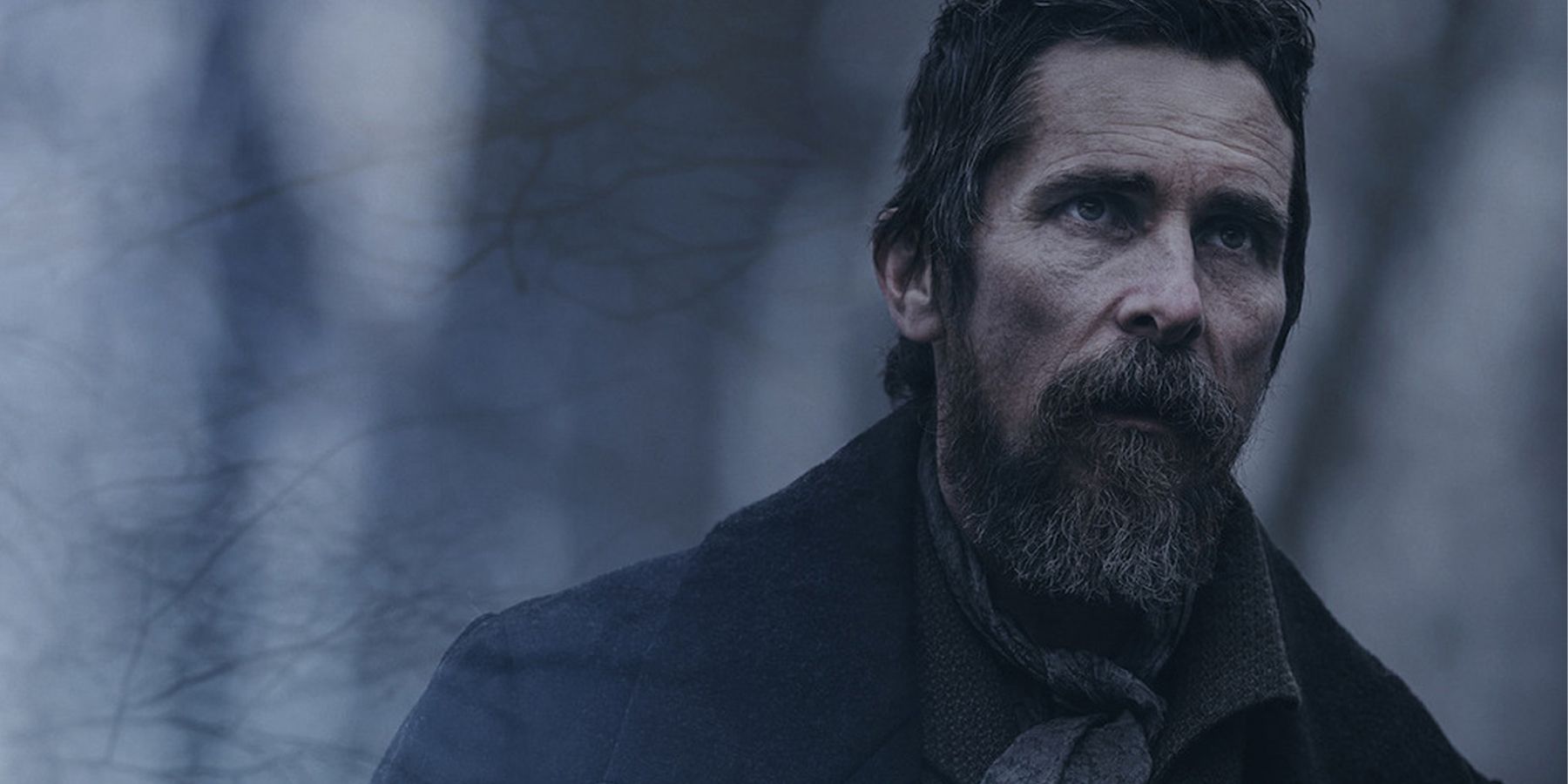The murder mystery genre is back in a big way. From the modern updates of Agatha Christie classics to the more whimsical whodunnits, the genre is all over the screen. The Pale Blue Eye, Scott Cooper's new addition to the canon, is a period piece in which the originator of the genre must aid in solving a compelling and completely absurd series of murders.
Some might remember director Scott Cooper for his earlier collaborations with Christian Bale, most prominently his 2017 film Hostiles. Fans of that film will find a lot in common between the two. Cooper also wrote the screenplay, adapted from Louis Bayard's 2003 novel of the same name.
The year is 1830, and a gruesome murder rocks the United States Military Academy campus at West Point. A cadet is found hanging from a tree with his heart surgically removed. Enter Augustus Landor, a hardened detective contracted by the military to solve the case. Landor swiftly meets a local cadet, a soft-hearted boy with more interest in poetry than in military matters. Young Edgar Allan Poe becomes Landor's point man, infiltrating the strange inner societies of West Point. Their investigation leads to a connected family in the area, an underground group of cadets, and a series of nightmarish possibilities. As bodies continue to pile up, pressure grows on Landor and anyone could be a suspect. It's a period mystery in a beautiful setting with a lot of interesting elements at play.
As a mystery story, The Pale Blue Eye is a bit messy. The pacing is a bit of a mess, too much time is given over to Landor's tragic brooding, and some moments feel wildly out of place with the tone. At just over 2 hours, there are definitely a couple of scenes that could have been cut. Parts of the story are totally implausible under the circumstances. The set design is immaculate, the period setting feels spot-on, and the cinematography is gorgeous, but these compliments add strange elements to the film's overall presentation. In such a beautifully realized setting, things can feel wildly out of place. When the story shifts from extremely grounded old-timey murder to something out of a Thomas Harris novel, it doesn't hang together quite as well. On the other hand, the moments of complete barking madness liven up what could otherwise be a bit too dour for most viewers.
The cast is unquestionably the draw here, and the dual leads are excellent as expected. Bale imbues his central detective character with the weight and sincerity that the character needs. Landor is a very compelling lead detective. He's stoic, but not robotic. When he flies off the handle into more emotional moments, Bale gets to shine as an explosive performer. He's startlingly similar in portrayal to Capt. Joseph J. Blocker, Bale's character from Hostiles, but Landor has a bit more going on behind his scowl. Poe is portrayed by Henry Melling, perhaps best known for his roles in The Queen's Gambit or The Ballad of Buster Scruggs. Most other actors who have portrayed Edgar Allan Poe have imagined him as a tortured joyless goth. Perhaps due to the character's youth, Melling imagines him as a man fascinated with morbidity, so much so that it makes him giddy. He's a deeply textured character and an absolute joy to watch.
The Pale Blue Eye is an extremely well-made film, but its bizarre creative choices might lose some people. It takes a long time to get where it's going, and the conclusion will be too absurd to be likable to some. The film is more concerned with creating a weighty atmosphere than it is with shocking the audience. It excels in the quiet moments and lengthy discussions about philosophical issues. It is less exciting in its actual mechanical murder-solving details. Without wishing to spoil, the film feels over with a satisfying conclusion 20 minutes before the credits roll. The remaining 20 minutes change the context of the rest of the story, making certain elements even less plausible. It might genuinely ruin the movie for some, but it might be the moment others have been waiting for.
Edgar Allan Poe helping to solve a murder isn't a totally new concept. The utterly forgotten 2012 film The Raven sees John Cusack take on the role to solve a series of Saw traps themed after his work. The Pale Blue Eye manages to lock in on the period elements while delivering a murder mystery story that's only slightly less absurd. There is a lot to love about The Pale Blue Eye. Bale and Melling are an outstanding double act, the cinematography is stellar, and almost every frame is a joy to look at. The slow pace and the weird turns in the narrative might be a bit too much, but this is a solid murder mystery story. Join Bale's master detective and Melling's wonderful new take on Poe for this haunting experience, just try not to think too much about the answers.
The Pale Blue Eye is available now on Netflix.
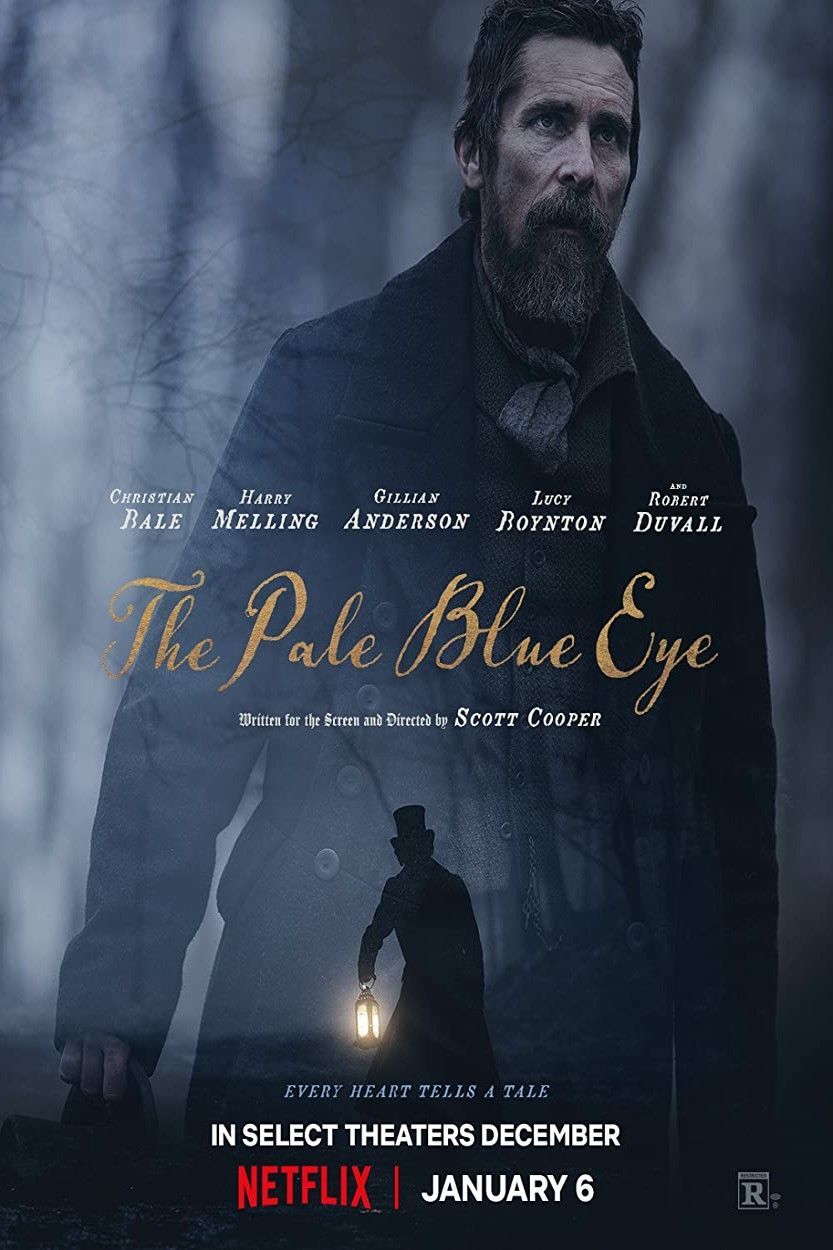
The Pale Blue Eye
Based on the novel by Louis Bayard, The Pale Blue Eye is a horror/mystery film starring Christian Bale and Harry Melling as Augustus Landor and Edgar Allan Poe. A former detective, Augustus, is brought in by the U.S. Military to investigate a potential murder at the West Point Military Academy in New York. Aided by a young military cadet, Poe, Augustus stumbles upon grizzly details and even more murders that will drag the two into an increasingly dangerous situation.

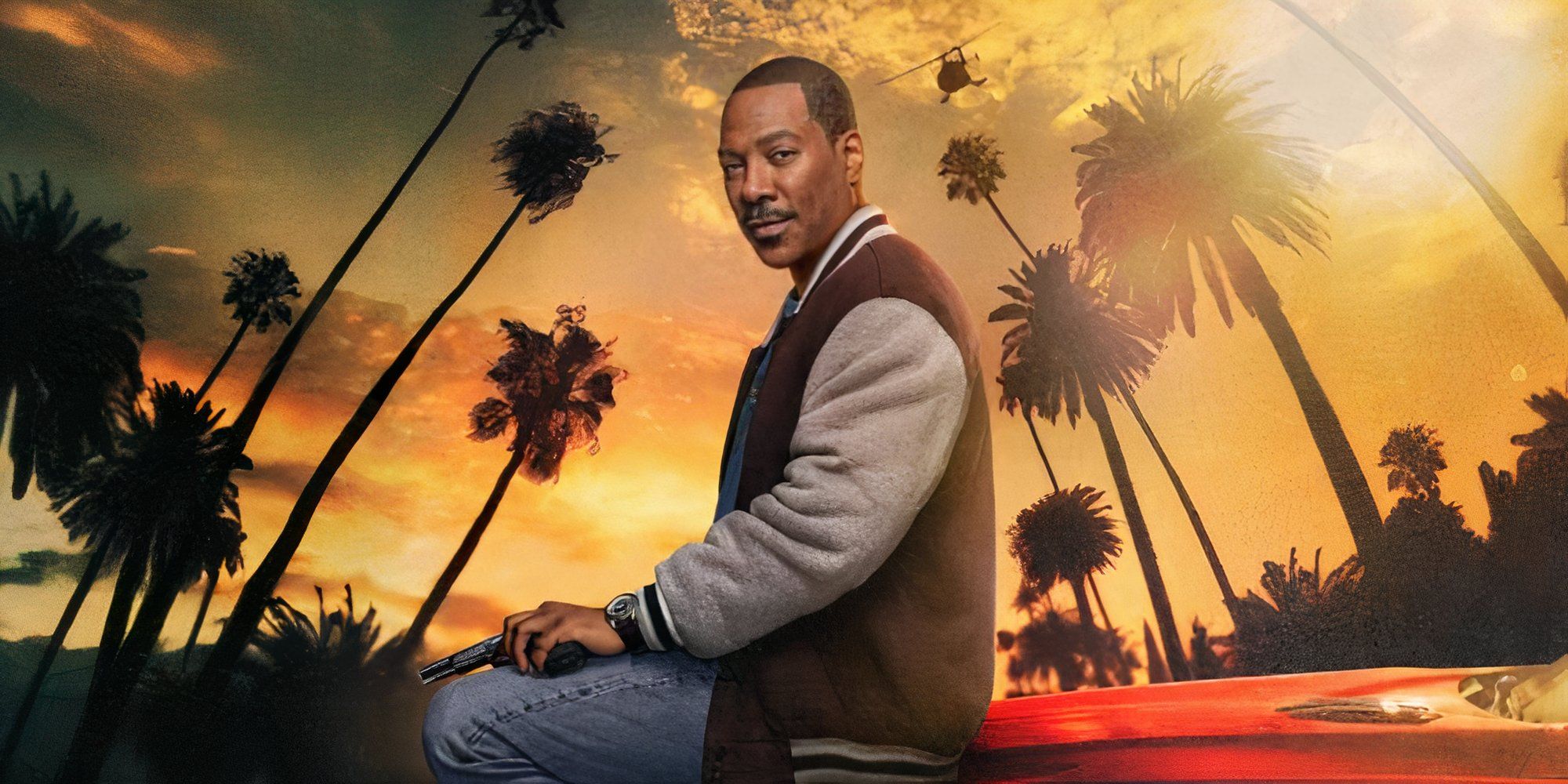
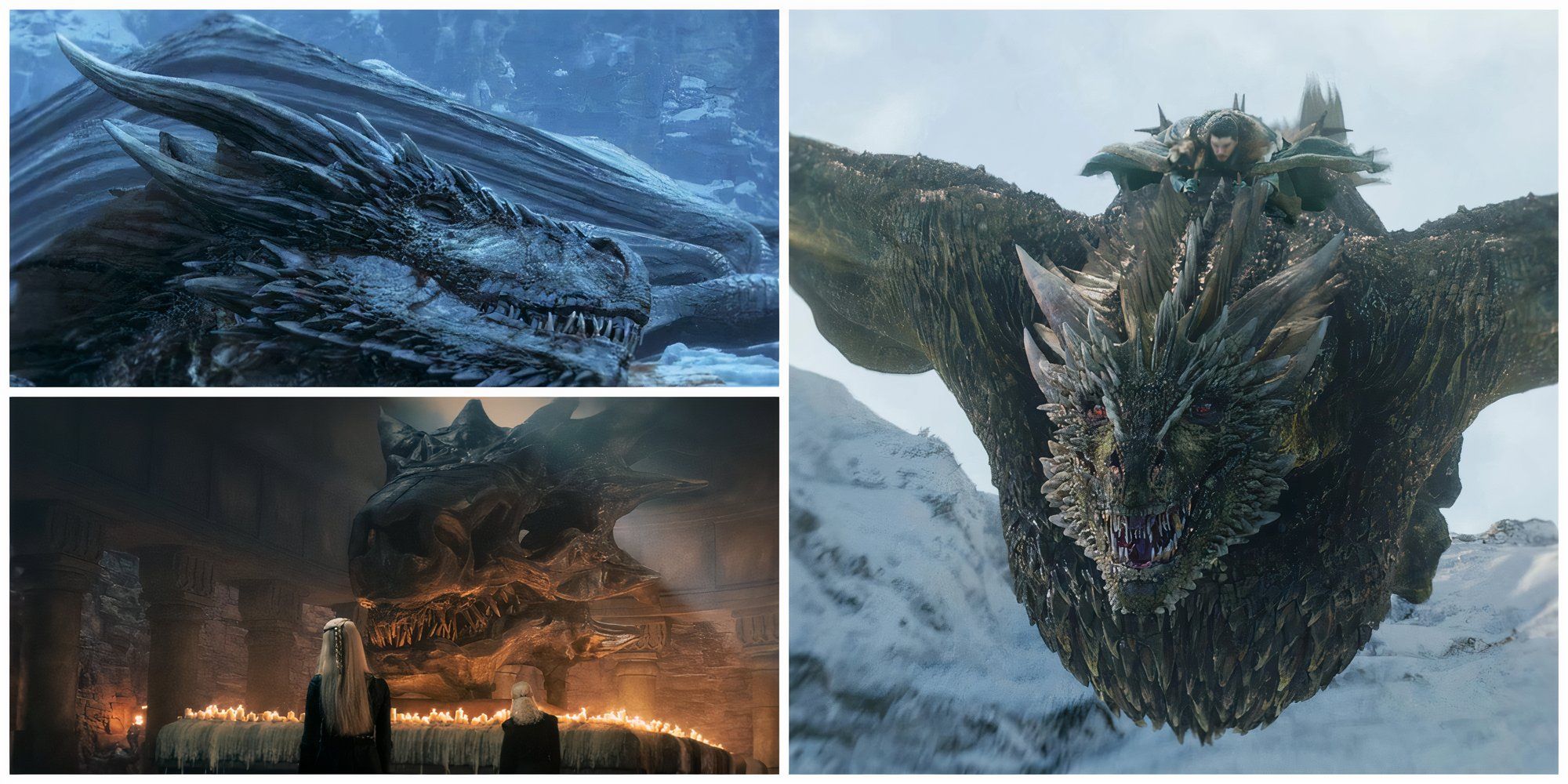
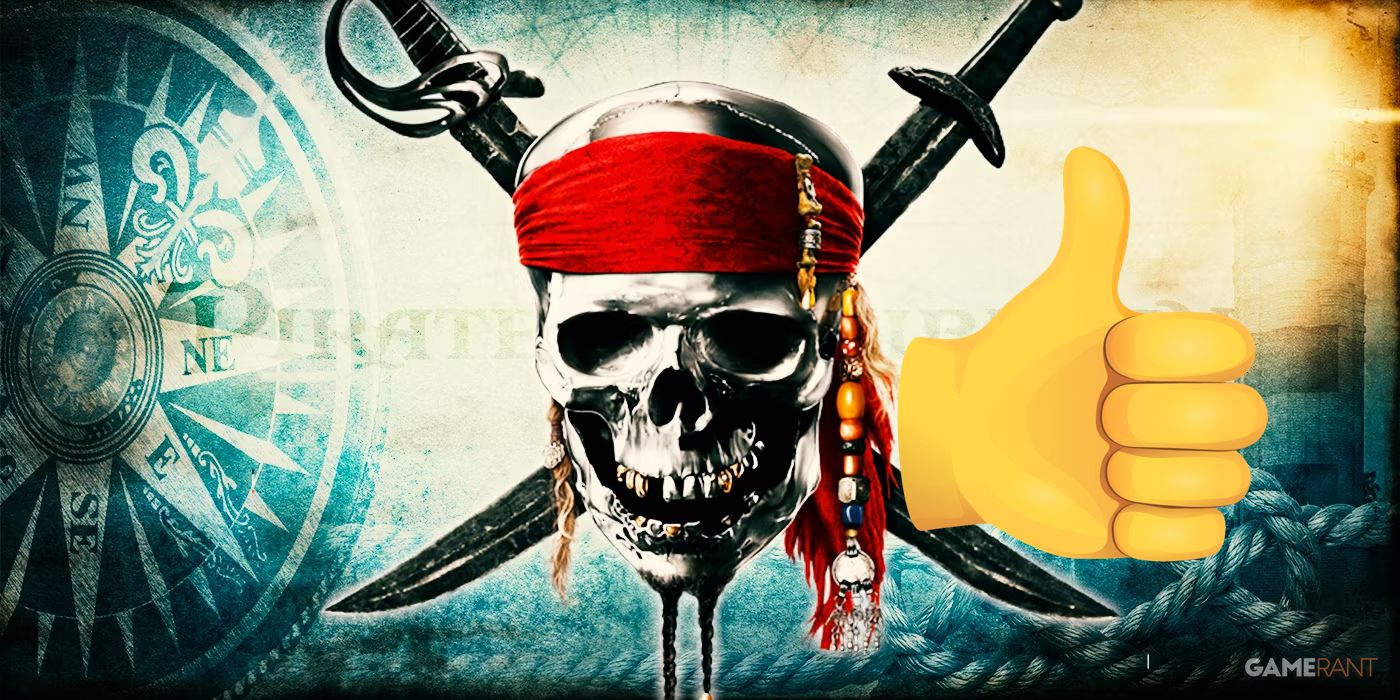
.jpg)
